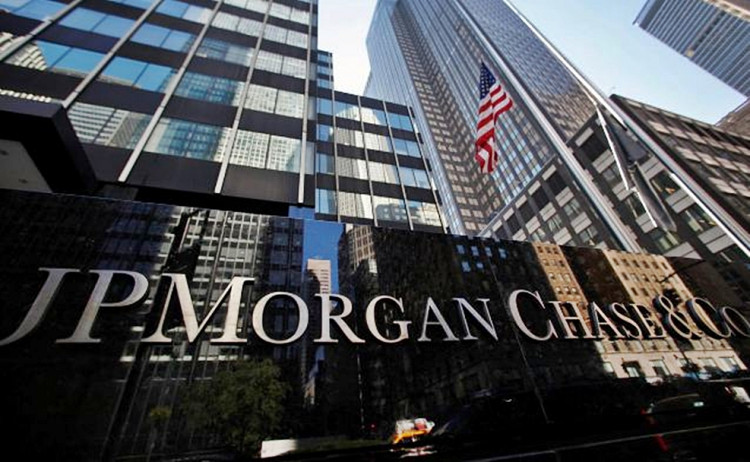J.P. Morgan Chase & Co. has reassigned its top cybersecurity executive to strengthen the cybersecurity protecting its millions of retail banking clients worldwide. JPMorgan Chase is the largest bank in the United States and is ranked by S&P Global as the sixth largest bank in the world by total assets.
It has promoted Rohan Amin to Chief Information Officer of Consumer and Community Banking (CCB). Amin previously served as the bank's Global Chief Information Security Officer and Chief Technology Controls Officer.
As Chief Information Officer of Consumer and Community Banking, Amin will oversee the technology for a client base of more than 61 million households and four million small businesses managed by 135,000 employees.
JPMorgan Chase said Amin's promotion indicates the increasing focus and importance it places on cybersecurity, particularly when it comes to handling retail banking. Amin now to Gordon Smith, JPMorgan Chase's co-president and chief operating officer and CEO of CCB, and Lori Beer, the bank's Global Chief Information Officer.
Prior to joining JPMorgan in 2014, Amin was at Lockheed Martin where he served as the director of global cyber and security solutions.
Amin filled the position previously held by Saul Van Beurden, who left JPMorgan Chase in early January to join Wells Fargo, where he is now head of technology.
JPMorgan Chase has been hit by cyber thieves before. A massive cyber attack in compromised data associated with over 83 million accounts, most of them in retail banking. Of this total, 76 million were households (or two out of three households in the U.S.) and 7 million small businesses.
Cybersecurity experts consider this criminal intrusion one of the largest data breaches in history. The attack is also considered one of the most serious and successful attacks on an American corporation's information systems.
The attack was difficult to defeat. It was discovered by the bank's security team in July 2014 but wasn't completely eradicated until the middle of August. Compromised were the names, email, postal addresses, and phone numbers of account holders.
The attack was part of a larger cyberassault that targeted nine other major financial institutions. Four of the hackers were eventually caught and tried in court.





